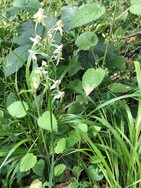 Photo: Elizabeth Forbes Photo: Elizabeth Forbes Organiser: Peter Shallcross The RSPB’s 33-hectare reserve sits in the middle of Cranbourne Chase just north of Sixpenny Handley via Ebbesbourne Wake. This ancient wood (along with coppiced hazel and maple, there are areas of oak, scrub and mixed plantation, with glades, rides and deadwood) has been managed for centuries, creating a special place for some magnificent wildlife, including blackcap and marsh tit, colourful wildflowers and small mammals like dormice. Openings in the trees create pockets of sunlight to attract butterflies, including the silver-washed fritillary (see below) and white admiral (not seen). 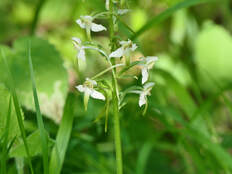 Photo: Andrew Carter Photo: Andrew Carter The first excitement was butterfly orchids - a taller woodland plant (above) compared with the lesser butterfly version which is found on more open ground. There were also many common spotted orchids. Lots of different grasses, reeds etc. One of our guests proffered this helpful way of telling the difference: Sedges have edges Rushes are round Grasses are hollow Right down to the ground. So 'now you know', as she said! The blackberries were really only just coming into flowers, but once fully out (and with the impending heatwave) this will become an emporium for butterfly spotters. Something of a surprise were several different kinds of fungi: identification welcome! This being ancient woodland might explain the profusion even at this time of year. 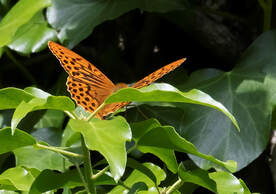 Butterflies were disappointingly in rather short supply although one silver washed fritillary (the silver wash is on the underside of the wings) was snapped Abby Eaton and others we saw were newly emerged and pristine. There were some fascinating moths, including a longhorn with, indeed, unbelievably long antennae, a surprising deposit of buff tip moth eggs and caterpillars, a large skipper butterfly all of half an inch long and a spotless ringlet (the males sometimes don't have spots). The visit ended with a peaceful picnic lunch on logs helpfully positioned in the shade, probably by RSPB volunteers. I'd never have thought I would ever actually hold a swift but in the last five years I've held these two, which I took to the Wildlife Hospital. So here's what to do if you find one - either young with a white face like these, even younger as in the photo below, or an adult. The basic is: Swifts can't take off from the ground because their wings are too long and their legs too short to give them the necessary thrust. So if you find one that looks as if it's strong enough to fly, hold it out at head height on open palms, give it time to think and if it can, it will. DO NOT throw it into the air. 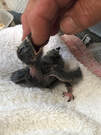 If it can't or is too small, follow the advice in this leaflet (it's written for vets but works for us) and take it to our local Wiltshire Wildlife Hospital at Newton Tony - SP4 0HW. They take in anything up to 20 swifts a year, some as tiny as this one, and nurture them till they're big and strong enough to join the migration back to Africa. Call 07850 778752 first for advice, but they're open 24 hours for patients. If you can't take it yourself or find a friend who can, don't hesitate to call me, Elizabeth, on 07831 253616 - I know the way! In April, come he will. In May, he sings all day. In June, he changes his tune. In July, he prepares to fly. In August, go he must. 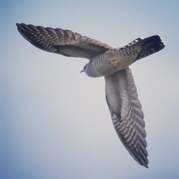 That's the cuckoo, of course. Abby Eaton took this stunning photo of one at Langford Lakes Nature Reserve in May, but one is still singing his original tune on Martin Down. So it's still not too late to get your cuckoo fix. Organiser: Debbie Carter
Following Tom Morath's talk in April about the Hawk Conservancy Trust's history, we visited the trust near Andover. The Trust does exciting work with species worldwide but also has a number of research and conservation projects focused on kestrels and tawny owls - whose populations are now 'of concern' - and barn owls and the impact of declining prey populations such as rabbits, almost wiped out by mixomatosis. More encouragingly, banning organochlorine pesticides seems to be helping recovery. At the talk about wildlife crime in February, one listener asked if anything was being done about dog thefts. At that stage, PC Richard Salter could only say that there had been few if any reports of actual thefts. But the Rural Crime team have now responded to widespread concern by setting up a DogWatch scheme, described here. You can join this by first signing up to the Police Community Messaging Service here. 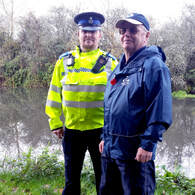 PCSO Matt Till and Angling Trust Voluntary Bailiff Frank Hall - taken prior to Covid-19. PCSO Matt Till and Angling Trust Voluntary Bailiff Frank Hall - taken prior to Covid-19. You'll then hear about other developments in the fight against rural crime in general and wildlife crime in particular - there's a useful-sounding development also in efforts to stop fish poaching, which should please anglers. Community Support Officers in Wiltshire, such as Neil Tunbull who was the other speaker at the February meeting, are the first in the country to be given the same power as Police Officers to request a rod licence from people who are fishing. Chief Constable Kier Pritchard says, 'Rather than just accompanying the water bailiffs on their patrols, this change in power will now allow our PCSOs to actively work alongside them to tackle illegal fishing activity.' Again, the full story is here.  Watching birds on our bird feeders - like these pretty siskin on Andrew and Debbie Carter's - is one of the little delights that distract us from other less delightful goings on in the world Young birds are at their sweetest when fully fledged, as in Abby's lovely photos - though feeding them at any age is a problem for parents or foster-parents, as in the case of the swift chick at the Wiltshire Wildlife Centre - Marilyn calls them 'little dinosaurs'! 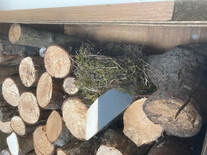 Birds' nests are often nothing short of miracles of complexity combining aesthetics with practicalities such as insulation and water-proofing - Dick Budden's blackbirds, however, sadly ignored the mantra, 'location, location, location' when building in a woodstore during a freeze. Izzy Fry's blog has photos of some exquisite nests. Young birds can indeed be really sweet - but alas, because they're turfed out of the nest before they can fly, they're horribly vulnerable to predators. Sometimes these are larger birds such as magpies but too often they're victims of our furry feline friends. Cats.
But at last, research has been published which has identified things owners of predatory cats (not all are) can do to minimise this distressing habit. Full details on MoreNews. 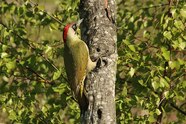 European_green_woodpecker -female Charles J. Sharp, httpscreativecommons.orglicensesby-sa4.0, via Wikimedia Common European_green_woodpecker -female Charles J. Sharp, httpscreativecommons.orglicensesby-sa4.0, via Wikimedia Common PS There is of course the Green Woodpecker, too. Round here it mostly seems to be the Pied/Greater spotted that people see, but there's a recording from near Bath so you might be lucky. Lepidopterists can be found in the most unlikely places ... Dick Budden's feed from the FT included a lovely piece by Jonathan Guthrie, who edits the Lex column which reports on stockmarkets. His father took to butterflies as a distraction from family troubles and to me most sadly, he was written off by his school as 'not university material'. But his enthusiasm got him there under his own steam and he became a Professor of Zoology. So it ended happily. 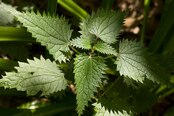 You may be able to access the piece here, but otherwise Jonathan suggests eg growing nettles in a container and snipping the flowers off before they can seed, to attract peacocks, small tortoiseshells, painted ladies and red admirals to lay their eggs. But also borage, lavender, verbena and buddleia are of course butterfly favourites. 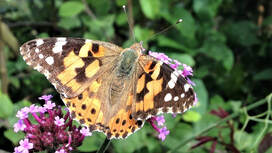 And, talking of painted ladies, on Sunday 23 May BBC Channel 4 had a lovely item on their migration, which you can get on iPlayer The Great Butterfly Adventure: Africa to Britain with the Painted Lady. I'm off now to find some nettle seedlings, bound to be some out there ...
Jays and magpies I know, treepies and nutcrackers are new to me but crows, ravens, rooks, jackdaws and choughs are all black. How to tell them apart? Andrew Graham tells us there's one of them we can't mistake and why there are so many around in Tisbury at the moment.. Go to MoreNews for the full story.
Well, there's a lot to report!  Nest boxes We were absolutely thrilled that we ended up with 17 homes for humans now also equipped with a total of 32 new homes for swifts - extending from Teffont Evias (we could hardly refuse to include Laura Downer, our Project Manager) to the outback of Semley (we couldn't resist such a lovely property, with farm buildings nearby for possible expansion of the we-hope colony). We were greatly helped in the planning by Andrew Graham's mapping skills. Thank you all! We emphasised to everyone that this is a long-term project - it took a similar one ten years to get from a single breeding pair to 35, so we have to grit our teeth, especially in this most swift-unfriendly spring when all our migrators are having a hard time. We also installed six calling systems, on properties deemed too far from a known nest site to attract residents from there. We cannot thank Hampshire Swifts enough for their whole-hearted, unstinting support - and Ed Mayer of Swift-Conservation for his January talk, which inspired this response. For more about this, go to Tisbury Focus magazine May issue for a wonderful feature with a lovely front cover photo showing the installation team in action. Next stage What we now have to do is undertake a survey of the village to identify currently active nest sites and the overall size of our local population. We'll do this in early July, when there's Swift Awareness Week from 3-11. Meanwhile ... swifts are in the air or sometimes, not: here's what to do if you find one on the ground In the last five years, it's been a privilege to hold four swifts in my hand - two live young which I took to the Wildlife Hospital, one moribund so sadly didn't make it and one dead that I found on Cuffs Lane. So it's quite possible you may find one yourself. I don't know if the moribund one would have survived if I'd known to try re-hydrating it, as described here on the Swift Conservation website and in this excellent leaflet about rescuing swifts. It's drafted for vets but pretty good for ordinary people. The basic is: Swifts can't take off from the ground because their wings are too long and their legs too short to give them the necessary thrust. So if you find one on the ground, to see if it's strong enough to fly, hold it out at head height on open palms, give it time to think and if it can, it will. DO NOT throw it into the air. 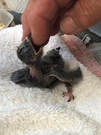 If it can't, follow the advice in the leaflet and take it to our local Wiltshire Wildlife Hospital at Newton Tony - SP4 0HW. They take in anything up to 20 swifts a year, some as tiny as this one, and nurture them till they're big and strong enough to join the migration back to Africa. Call 07850 778752 first for advice, but they're open 24 hours for patients. |
Photo: Avocets (Izzy Fry)
The headers display photos taken by our members. Do get in touch via the Contact Form if you'd like to submit a photo for selection.
Archives
May 2024
Categories
All
|
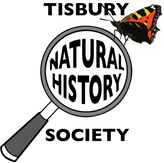
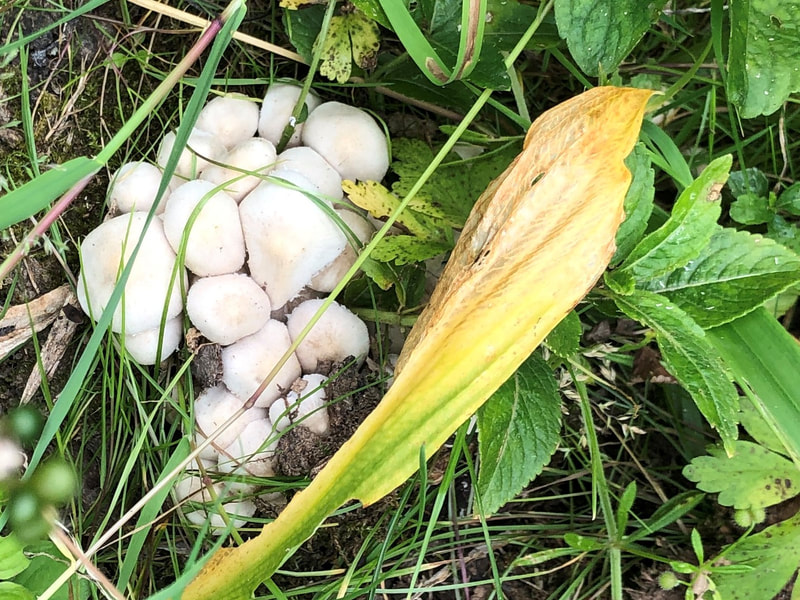
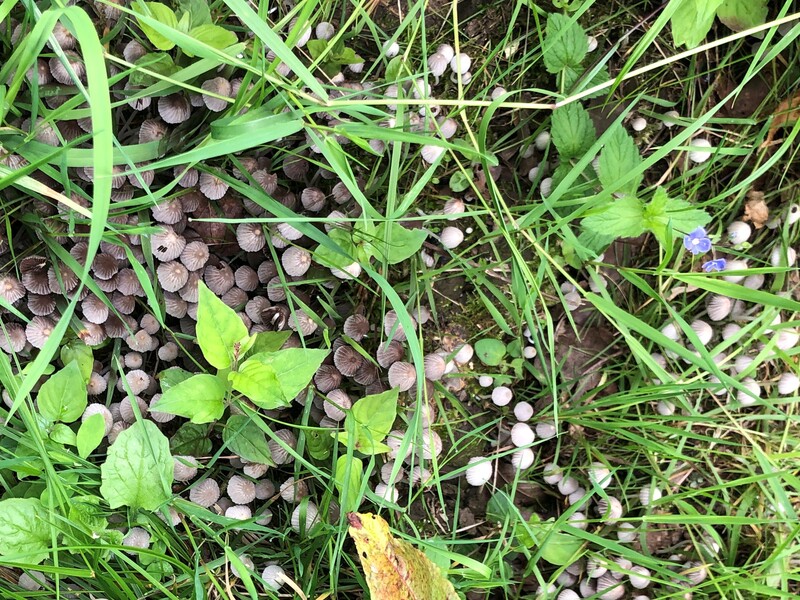
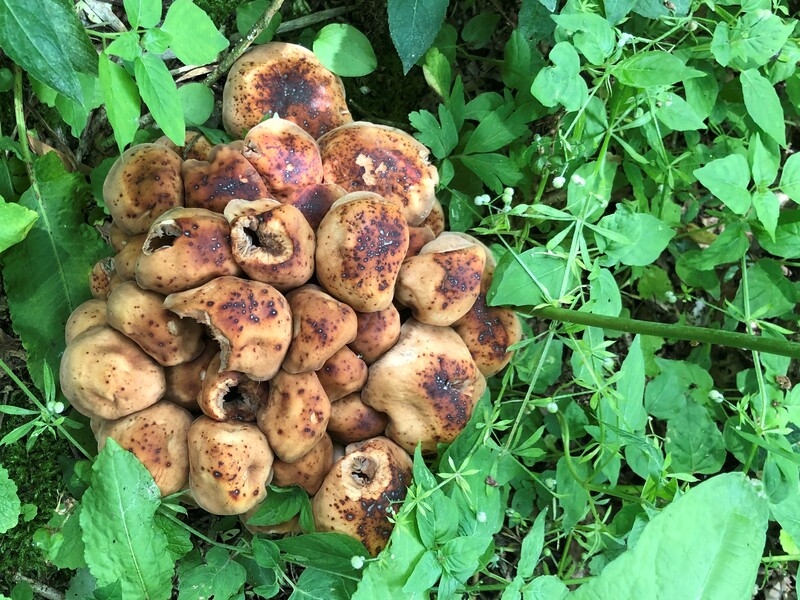
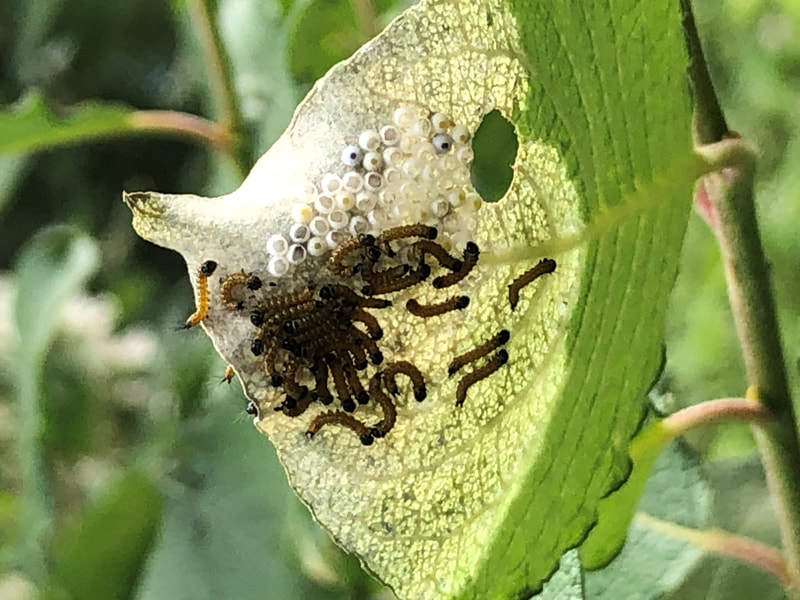
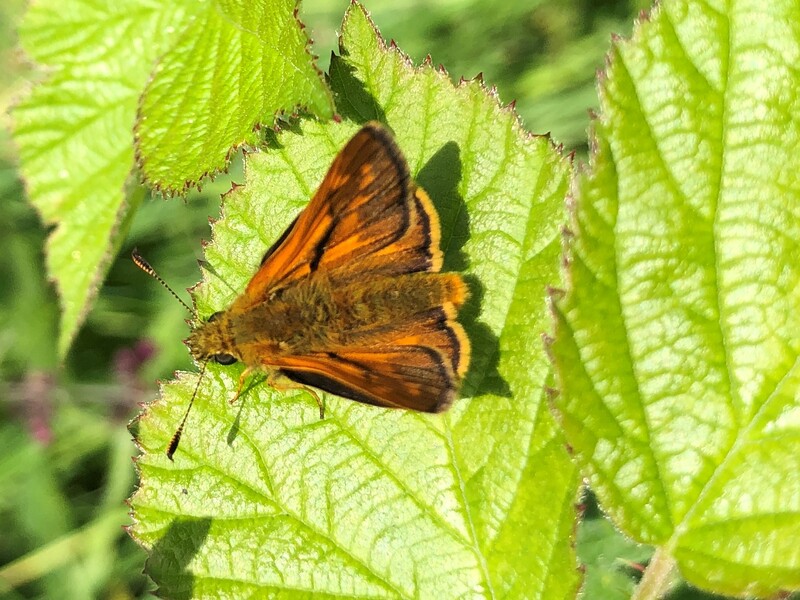
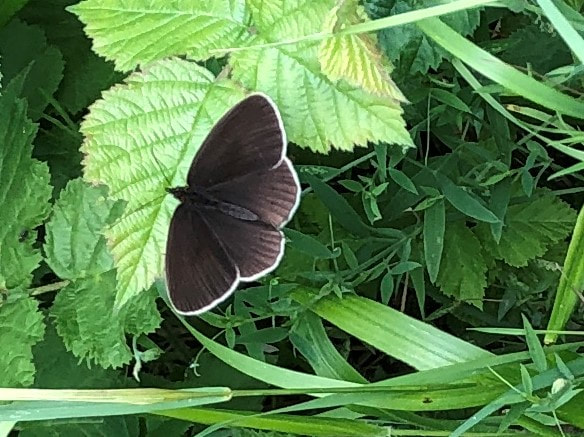
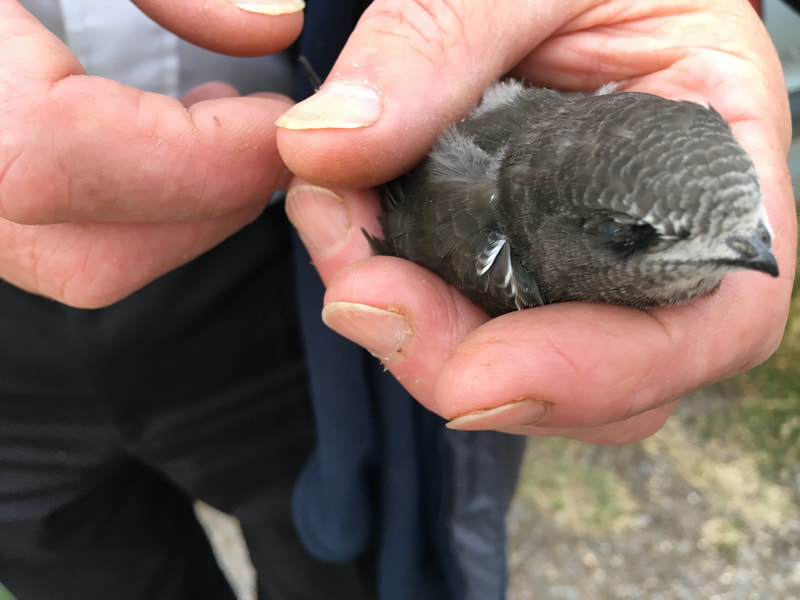
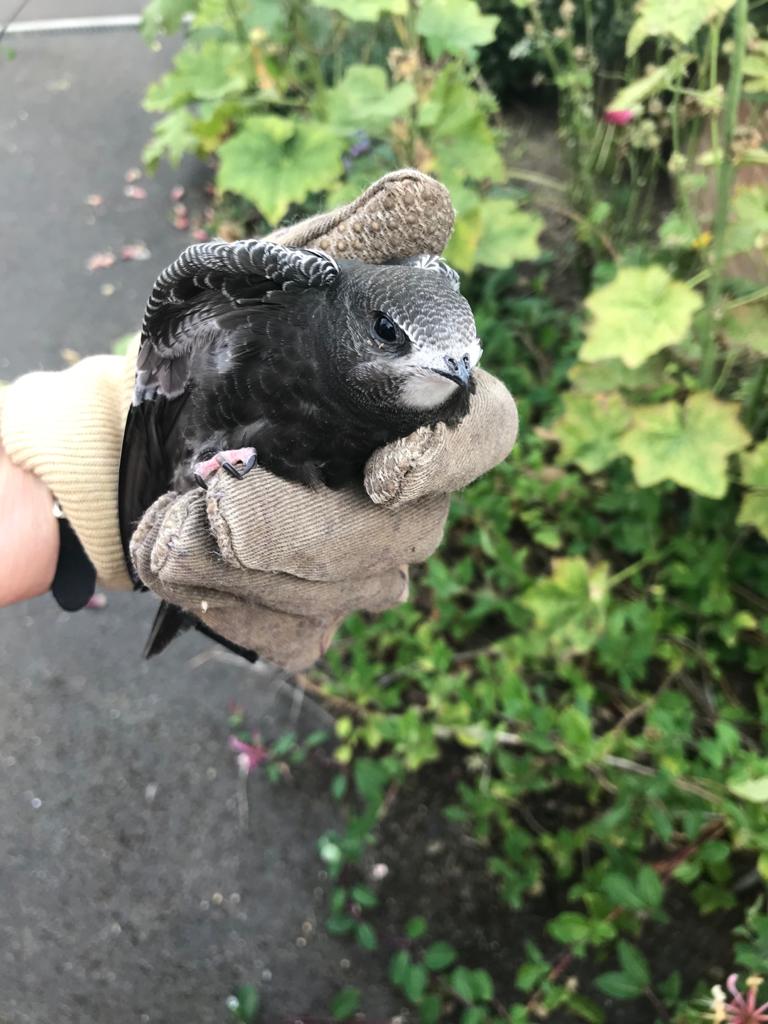
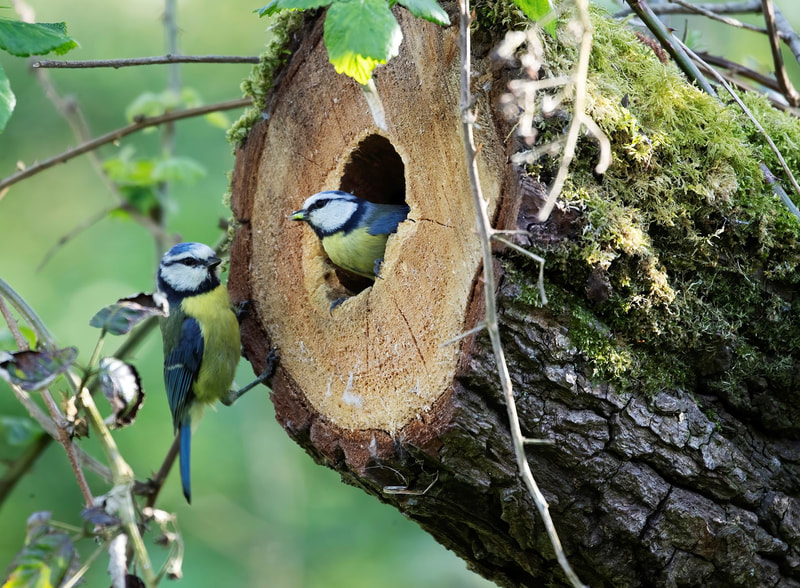
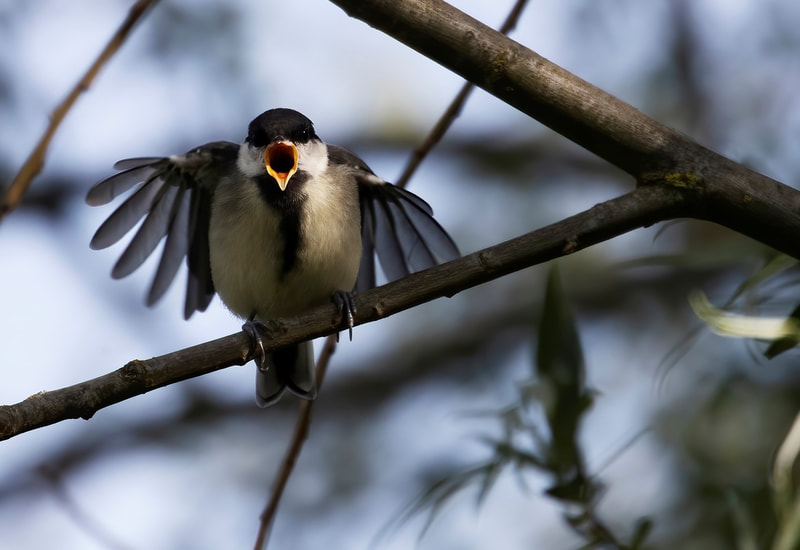
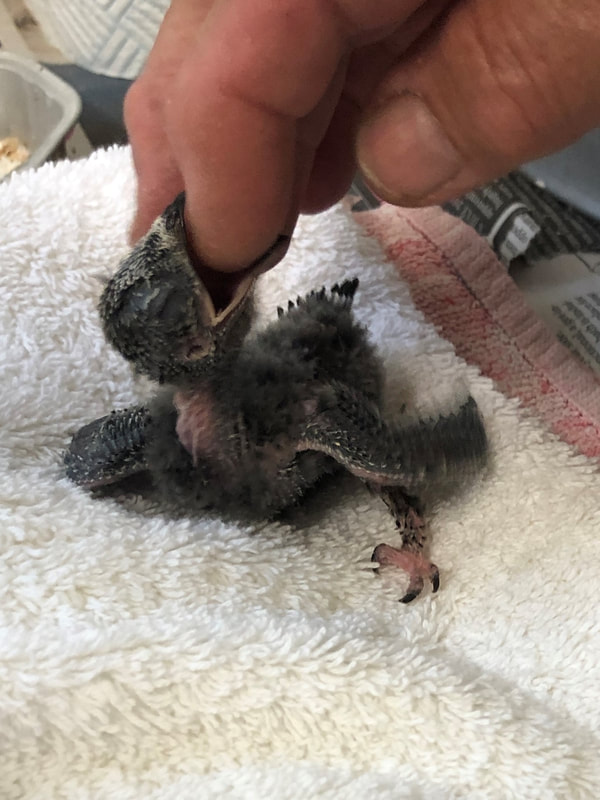
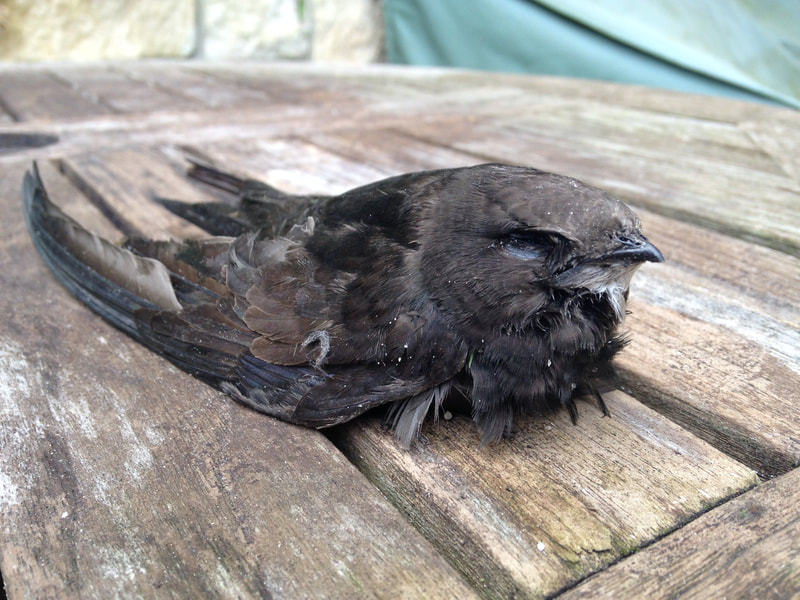
 RSS Feed
RSS Feed